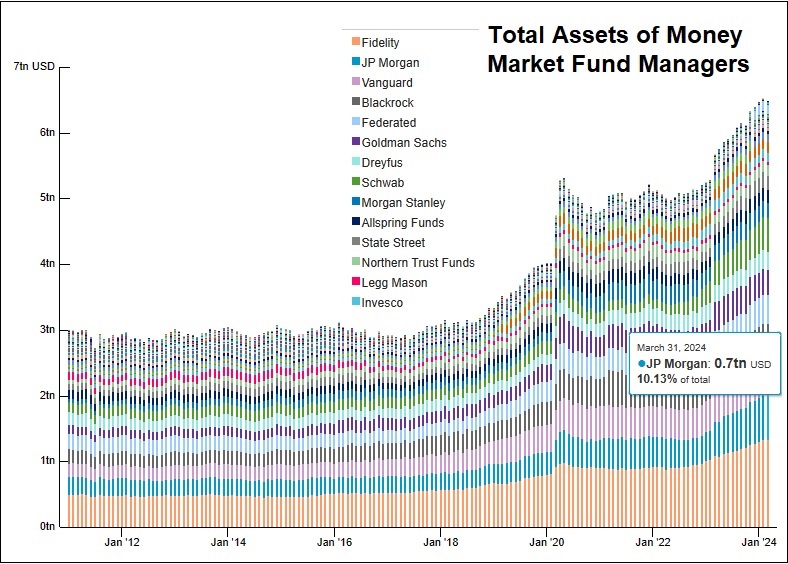Numerous Dark Clouds Hover Over This Market
by Jim Rickards, DailyReckoning:
 It has been an extremely quiet time in markets. If I hadn’t checked the calendar, I might think it was the middle of August, when everyone is on vacation, instead of the middle of May, when investors and traders are still at their desks.
It has been an extremely quiet time in markets. If I hadn’t checked the calendar, I might think it was the middle of August, when everyone is on vacation, instead of the middle of May, when investors and traders are still at their desks.
There’s an old expression on Wall Street: “Sell in May and go away.” The idea is that you can get out of positions before the summer and return to them in September without much change expected.
This year the expression seems to be, “Do nothing in May until further notice.” The markets are treading water, waiting for the next catalyst. As I survey the scene, markets may not have that long to wait.
On Monday, the euro briefly touched $1.10 in a relief rally after the French elections. But it just as quickly traded down to $1.08, where it had been last week prior to the vote. Gold gave up a little ground, down to $1,217 per ounce, but still well above the prior low of $1,198 on March 14, 2017.
This keeps the upward trend lines (higher highs and higher lows) from the Dec. 14, 2016, low intact, indicating gold over $1,300 in the next rally.
Stocks and Treasuries are mainly sideways, with up days and down days depending on the story du jour. The Dow Jones industrials still have not broken through their March 1, 2017 high, although they’re flirting with that level.
Volatility as measured by the VIX is at the lowest level since 1993. Shiller’s CAPE ratio equity valuation measure is at the same extreme high valuation reached in 1929 — just before the market crash that started the Great Depression. Yet complacency reigns supreme. All is well.
Or maybe not so well. The same forces that caused stocks to decline and gold to rally in April are still around. Weak growth persists due to debt, deflation and demographics — despite occasional strong quarters.
The Trump troika of fiscal stimulus, infrastructure spending and regulatory reform is still nowhere in sight. The tax cuts may be put off until 2018 at the earliest because of time spent on health care reform and now the FBI director confirmation process.
Infrastructure spending is not even being discussed on Capitol Hill. Dodd-Frank reform will be strangled in its crib by bank lobbyists. North Korea may test a new nuclear device any day. And the Fed is on track to raise rates in June and shrink their balance sheet (reducing the money supply) despite economic weakness.
This last point deserves further attention.
Many people are familiar with the Federal Reserve’s main policy tool, which is raising or lowering the target interest rate for federal funds. Federal funds are excess reserves that banks lend to each other mostly on an overnight basis. The “fed funds” rate is the base cost of money, and most other interest rates are tied to it in some manner.
In 2008, the fed funds target rate hit zero. That’s when the Fed started its “zero interest rate policy,” ZIRP, and began “quantitative easing,” or QE. The Fed ended QE in 2014 and ended ZIRP in 2015 and is now on a path to raise rates.
But there’s a disturbing legacy of the QE era that lasted from 2008–2013. QE is money printing. When the Fed prints money, it does so by buying bonds. The money used to pay for the bonds comes from thin air, and the bonds go on the Fed’s balance sheet as assets.
Today, the Fed’s balance sheet is bloated with $4.5 trillion of bonds. A “normal” balance sheet would be closer to $1.5 trillion. The Fed has to shed $3 trillion of bonds to normalize its balance sheet and prepare for future QE in a future recession.
They won’t sell bonds, but they will let existing bonds mature without buying replacements. That takes the Fed out of the Treasury market as a buyer at a time when U.S. deficits are set to increase and the Treasury will have to borrow more.



